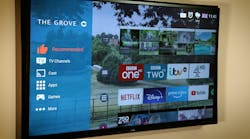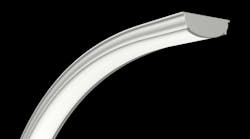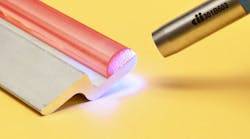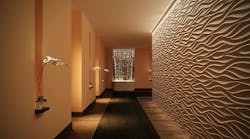Date Announced: 08 Aug 2013 From talking to contractors and customers Sedna LED have found a number of common misconceptions surrounding fire rated downlights, what they do and when they are needed - which may be costing people unnecessary expense.When a hole is cut into a ceiling to fit a downlight, its capability of preventing the spread of fire between floors is reduced. A fire rated downlight has a special material called an intumescent strip attached to it, which expands and bridges the hole to stop the fire spreading through it when subject to high temperatures during a fire. The most common misconception surrounding fire rated downlights concerns the law surrounding them. All downlights must be fire rated when installed in a ceiling with living accommodation above. Minimum fire rating is 30 minutes but 60 is desirable. Downlights do not need to be fire rated in commercial settings when there is no living accommodation above. Many contractors presume when they hear ‘downlight’ that it must be fire rated.Another misconception is that a ‘fire rating’ refers to the likelihood the downlight itself could cause a fire, from overheating for example. A ‘fire rating’ actually refers to time in minutes that a unit can be reasonably expected to hold back a fire. Fire rated downlights are necessary because standard recessed downlights would simply drop out of the ceiling leaving their holes exposed in the event of a fire, allowing flames to spread to the upper level.
Contact
Sedna LED
E-mail:[email protected]
Web Site:www.sednaled.co.uk






